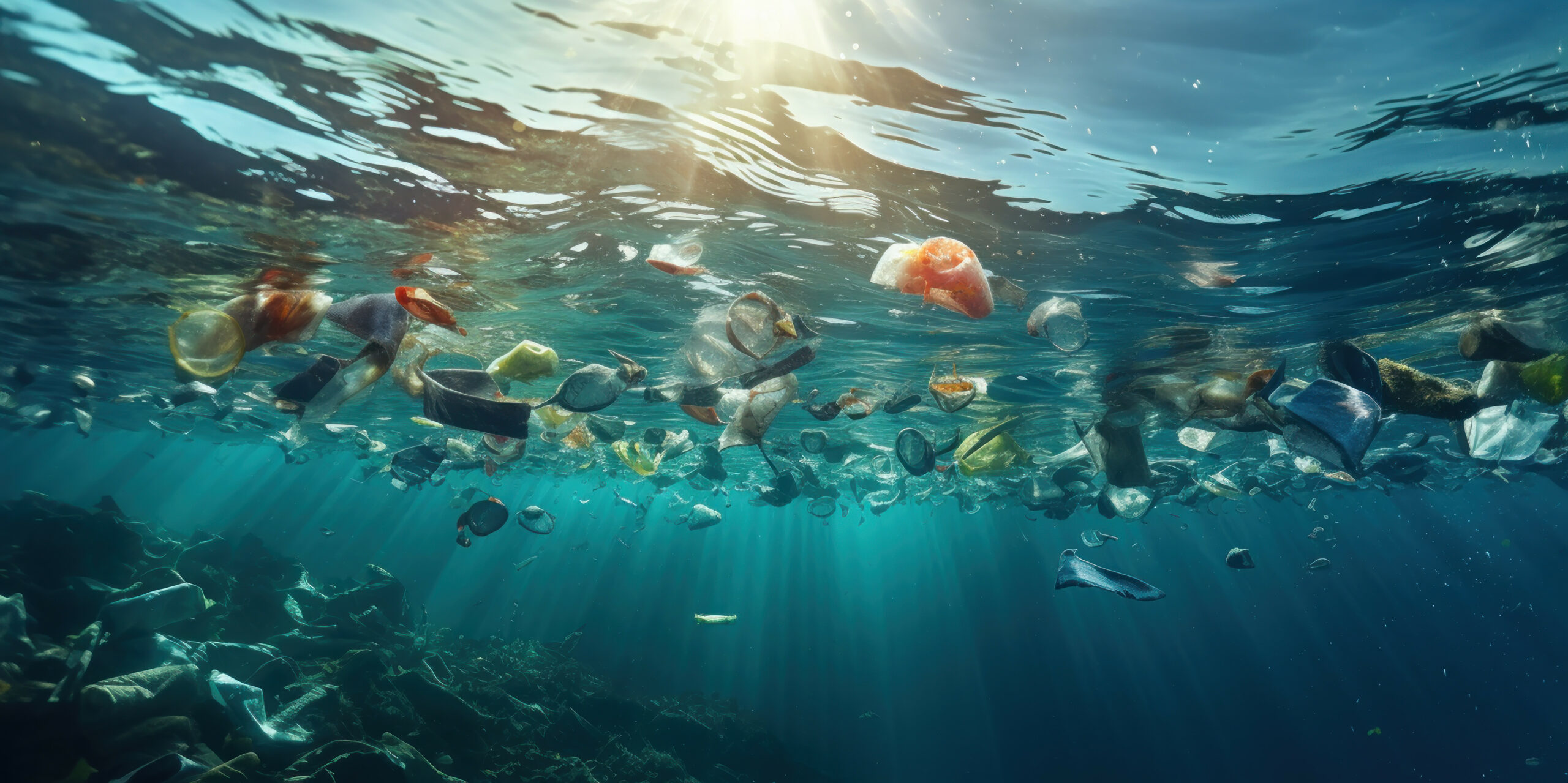By Rodrigo Celis Garcia, Biologist, Costa Canuva
Nayarit is one of the 8 states that are part of the Bio-cultural Corridor of the Central West of Mexico, this denomination makes it essential to promote and maintain connectivity between the different ecosystems in addition to disseminating knowledge and conservation of bio cultural expressions. In this context, environmental education is one of the most important pillars, and Costa Canuva is a perfect teaching laboratory to carry out environmental education activities.
In that sense, Costa Canuva is a privileged place because in just one site you can appreciate the Marine ecosystem, the Estuarine, and the Medium Subcaducifolia Forest, each of them unique and different. The Marine ecosystem shelters species such as the humpback whale and the sea turtle, but it is also the scene of migrations of crabs that leave the estuary and the jungle to spawn in the sea during the rainy season.


On the other hand, the estuarine ecosystem serves as a nursery, habitat and refuge for species of commercial importance such as shrimp, crab, and various species of fish. We can also find 3 out of the 6 species of Mangrove that exist in Mexico there, and it is home of reptiles such as the crocodile, the humpback turtle and countless resident and migratory birds.
Finally, the largest ecosystem is the semi-deciduous forest or also called a semi-dry forest, which is so named because there are species that drop the leaves and others that maintain them throughout the year. During a walk, you can notice the change of the vegetation in the transition zones with other ecosystems such as in the flood zones or simply the change of the vegetation as we approach the sea. This vegetation is affected by wind, the type of soil, and the salty breeze. – as I was saying – Costa Canuva is a living laboratory where you can appreciate nature. In addition, the jungle is home to elusive animals that we can appreciate through camera traps such as the ocelot, the jaguarundi, the peccary, deer and many other species that are seen more regularly such as badgers, raccoons, iguanas, and countless birds.
We cannot ignore the impact of the development of projects like ours, so for its proper execution, it must consider the pressure factors prior to its development, as well as the execution of environmental programs, the establishment of regulations and the execution of prevention and mitigation measures in order to achieve a positive balance in favor of the conservation of the Bio cultural heritage. One of these programs is Environmental Education, which is considered to be a current of thought and action with a multinational scope, where different approaches coexist and the joining participation takes on real value, given that we can take advantage of the experience and strengths of each working group as Costa Canuva and Ocean Connectors have done.
The experiences of working together with Ocean Connectors have been full of challenges since we must face the changing environment of the pandemic and establish mechanisms and activities in accordance with a healthy distance. A complicated road, but the fruits of collaboration are beginning to be seen and we have designed a route that integrates bird watching, marine mammals, the importance of vegetation and even cultural heritage.




